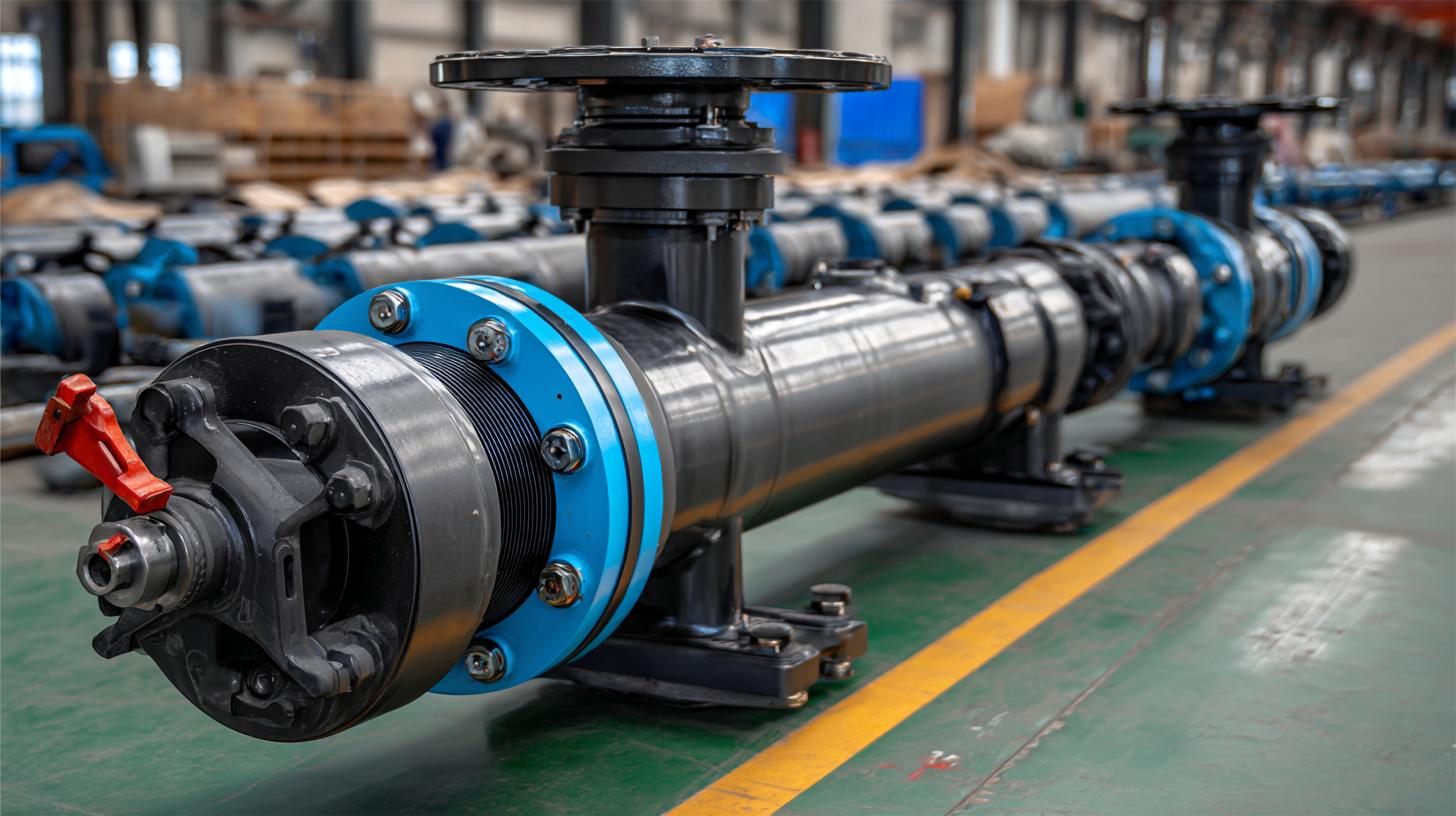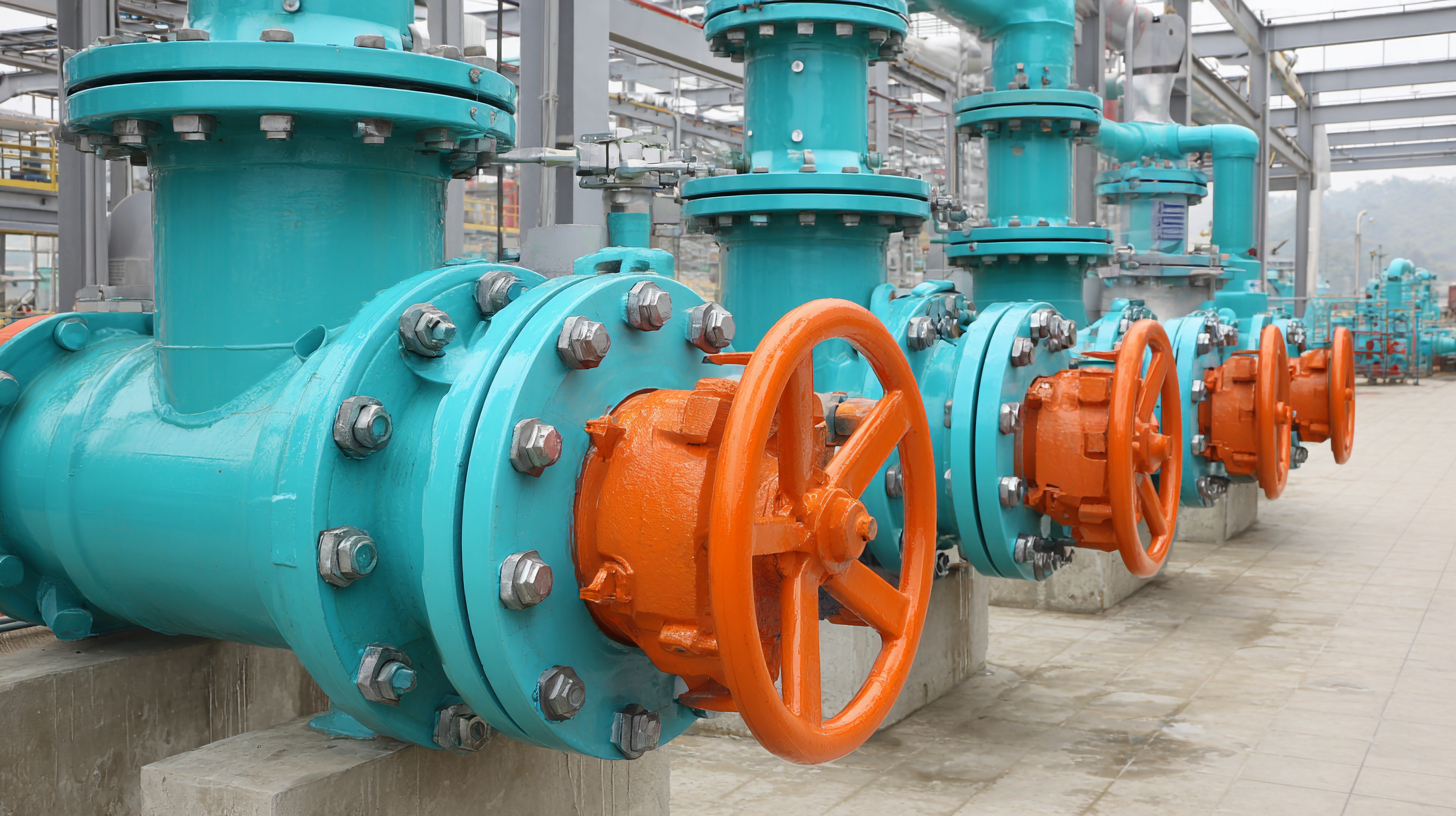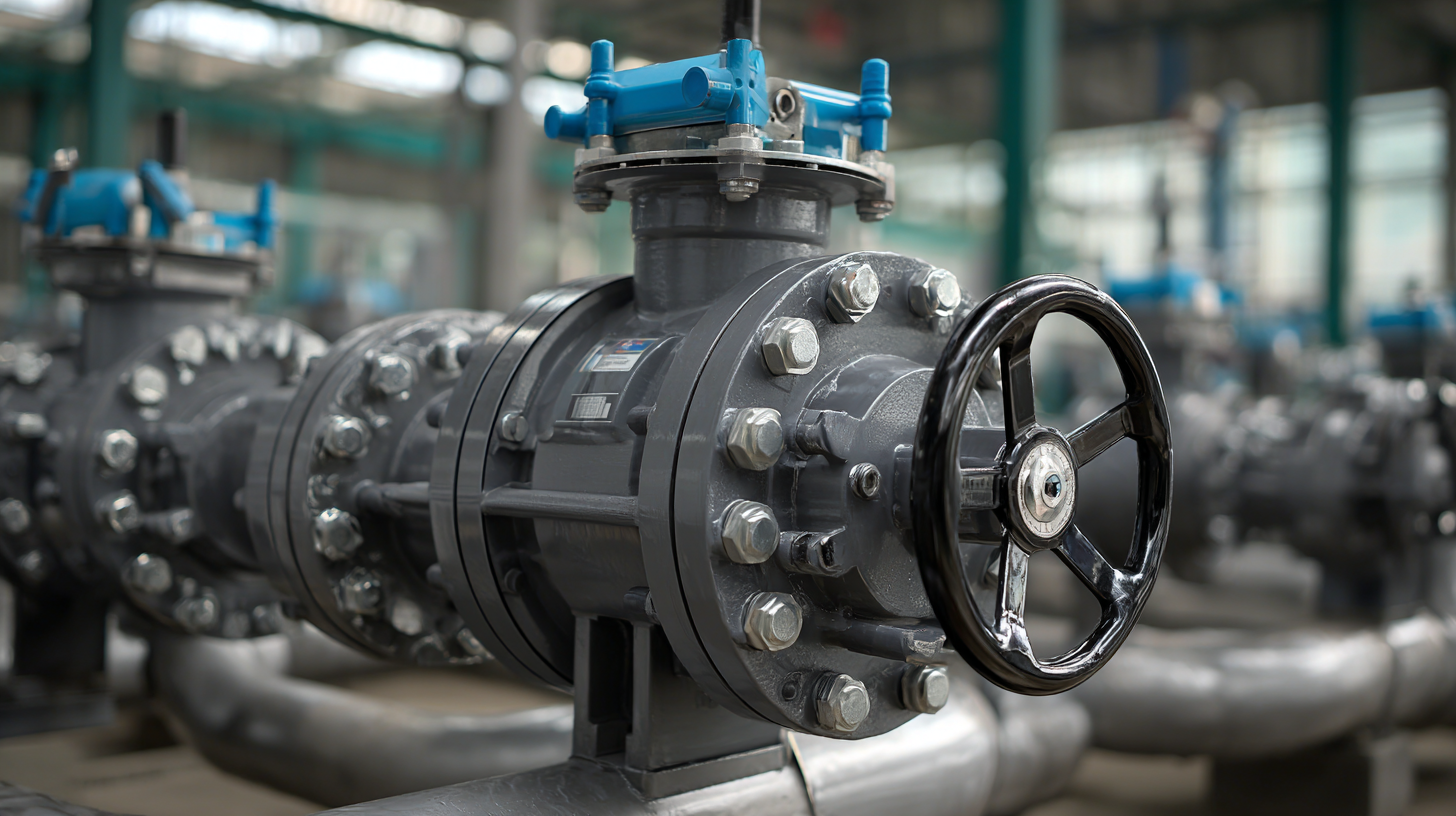In the realm of fluid control systems, selecting the appropriate valve is crucial for ensuring operational efficiency and longevity. Among the various valve types, the Resilient Seated Butterfly Valve stands out due to its unique design and versatility in handling diverse applications, from water supply to industrial processes. According to a recent report by Market Research Future, the butterfly valve market is projected to reach USD 10 billion by 2025, driven by increasing investments in water treatment and infrastructure projects across the globe. The resilient seated variety, with its elastomeric seat, provides superior sealing capabilities and resistance to wear, making it a preferred choice in demanding environments. As industries seek to optimize their operational performance while minimizing maintenance costs, understanding the key factors in selecting the right Resilient Seated Butterfly Valve becomes essential for project success.

Choosing the right resilient seated butterfly valve for your project begins with a thorough understanding of your specific project requirements. Different applications necessitate different valve characteristics. According to a recent industry report by Research and Markets, the global butterfly valve market is projected to grow at a CAGR of 4.5% from 2021 to 2026, driven by increasing demand in water treatment and wastewater management sectors. This underscores the importance of selecting a valve that not only meets operational needs but also aligns with industry trends.
When assessing project requirements, consider factors such as pressure ratings, temperature ranges, and chemical compatibility. For instance, a study published by the American Society of Mechanical Engineers outlines that valves operated in high-pressure environments should have a minimum pressure rating of ANSI 150, while those in corrosive applications may require special coatings or materials. Furthermore, employing the right resizing techniques and installation methods can significantly enhance the valve's performance, ensuring durability and reducing maintenance costs over time.
Resilient seated butterfly valves are gaining popularity in various industries due to their unique advantages. According to a report by Research and Markets, the global butterfly valve market is expected to reach USD 9.32 billion by 2027, driven largely by the growing demand for reliable, efficient fluid control systems in water treatment and industrial applications. These valves are particularly favored for their lightweight design and ease of operation, which significantly reduce installation time and associated costs.

One of the primary benefits of resilient seated butterfly valves is their ability to provide a tight seal with minimal torque. A study from IMARC Group highlights that these valves can achieve a leakage rate as low as 0.01% of the flow rate, ensuring that industries can maintain system integrity and minimize losses. Additionally, the resilient seating offers excellent chemical resistance, making these valves suitable for diverse applications, from HVAC systems to corrosive environments. With low maintenance requirements and a long service life, resilient seated butterfly valves not only enhance operational efficiency but also contribute to sustainability goals by reducing waste and energy consumption.
When selecting a resilient seated butterfly valve, the choice of materials and construction is pivotal to ensure durability and performance. The valve body, typically made from cast iron, stainless steel, or ductile iron, should be chosen based on the media it will handle. According to a 2022 industry report by the Valve Manufacturers Association, stainless steel valves exhibit a corrosion resistance that is 30% higher than their cast iron counterparts, making them ideal for harsh environments where moisture and chemicals are prevalent.
Moreover, the seat materials play a crucial role in sealing performance and longevity. EPDM and NBR are two common elastomers used in resilient seats, each offering distinct advantages. EPDM, for instance, is preferred for hot water and steam service due to its excellent thermal stability, withstanding temperatures up to 300°F (150°C). In contrast, NBR offers superior resistance to petroleum-based fluids, making it suitable for oil and gas applications. Understanding these material properties aligns with insights from the 2023 Global Valve Market Outlook, which emphasizes that selecting the right material can reduce failure rates by up to 20%, significantly minimizing maintenance costs and downtime for your project.
When selecting a resilient seated butterfly valve for your project, understanding the size and pressure ratings is crucial for ensuring optimal functionality. The valve size needs to correlate with the pipe diameter and flow rates to facilitate efficient fluid management. A valve that is too small can restrict flow, leading to pressure losses, while an oversized valve can result in improper sealing and operational inefficiencies. It is essential to refer to manufacturer specifications and guidelines to determine the appropriate size based on the specific application's requirements.
In addition to size, pressure ratings play a significant role in the selection process. Each valve is designed to withstand a specific pressure range, which is influenced by the materials used and the intended application circumstances. It is vital to assess the fluid's pressure conditions, including transient surges, to ensure the valve can handle these moments without failure. By carefully evaluating both size and pressure ratings, engineers can choose a resilient seated butterfly valve that not only meets the project demands but also enhances the longevity and reliability of the system.
When selecting a resilient seated butterfly valve for your project, it's crucial to consider application-specific features that can significantly impact performance and longevity. The medium being transported, such as water, chemicals, or slurries, will influence the material choices for both the valve body and seals. For example, valves made from corrosion-resistant materials are necessary for harsh chemical applications, while standard rubber seals may suffice for water services. Additionally, understanding the temperature and pressure requirements of your system ensures that the selected valve can operate efficiently without risk of failure.

Valve sizing is another critical factor in choosing the right butterfly valve. Proper sizing prevents issues such as flow restriction or excessive pressure drop, which can impair system functionality. To size a valve correctly, one must account for the flow rate, the pressure differential, and the valve's end connections. Utilizing valve sizing software or consulting manufacturer guidelines can aid in determining the appropriate dimensions. Furthermore, considering factors like the installation environment and accessibility for maintenance will ensure that the valve chosen not only meets the immediate operational needs but also contributes to the long-term reliability of the entire system.
